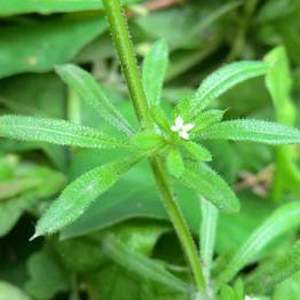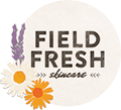
One of the first plants that appears in abundance in the spring is Cleavers.
It’s as if nature is predicting our needs and providing for them, as Cleavers are wonderful for cleansing – inside and out, a great addition to a Spring detox.
CLEAVERS Galium apaçine
Commonly known as goosegrass, sticky weed, or ‘organic sellotape’. Another name, ‘Harriff’ or ‘Erriff’ derives from the Anglo-Saxon ‘hege-rife’, a tax-gatherer or robber, because the plant plucks wool from the sheep as they pass through the hedge.
Benefits
Cleavers contain three distinct acids: tannic acid, citric acid and rubichloric acid. It’s great for eczema and psoriasis and makes a good face wash to clear the complexion. It can also be used to treat sunburn and in an ointment for scalds and burns. In a hair tonic, it will improve texture and shine as well as treating dandruff. In addition, it is a good herb to use in making natural deodorants.
Parts to use
Leaves and stems
How to find, grow, harvest
Cleavers grow in profusion around fields and wasteland, and sometimes too much in gardens. The bristly stems enable it to hook, climb and engulf. Whorls of leaves march up the stem embellished with easily miss-able tiny white star-like flowers which turn to little black balls of seedheads that cling and scatter everywhere. Gather the leaves and stems and extract their goodness through infusion or maceration. If you want to dry the plant for future use, gather in early summer.
Here’s a simple recipe you can try right away to bring the cleansing properties of cleavers to your hair:
Cleavers hair tonic
3 handfuls fresh cleavers, chopped
6 cups boiling water
Pour the water over the cleavers and leave to infuse. Once cool, use as a final rinse after shampoo and conditioning.


love this herb
🙂 Indeed, an abundant friend